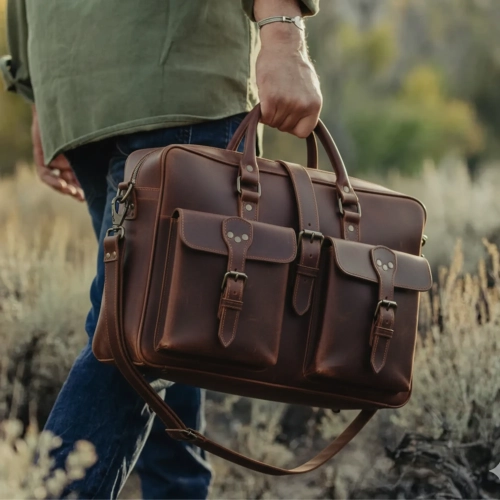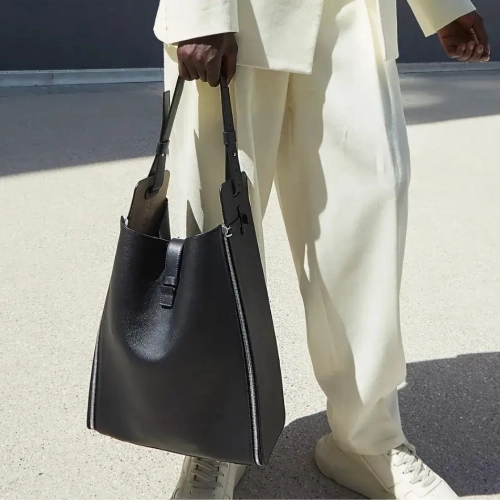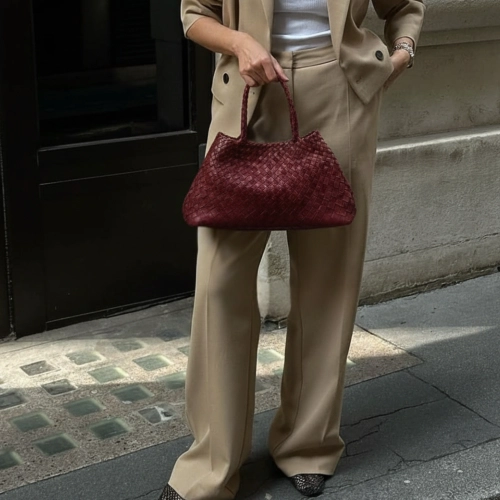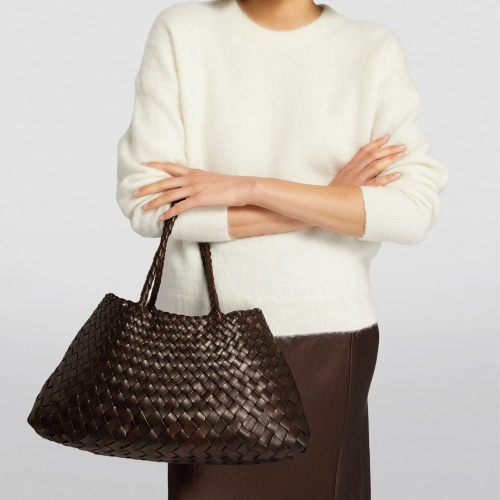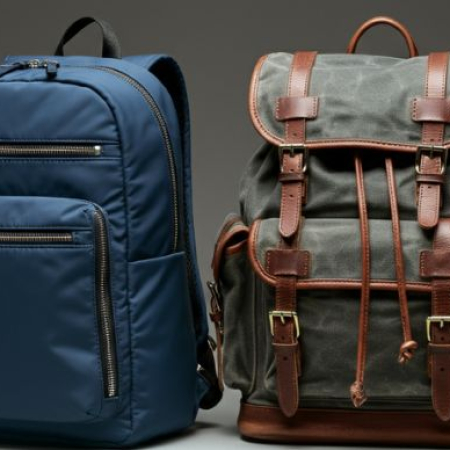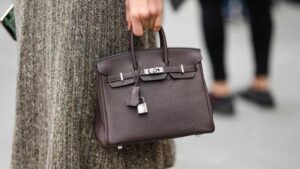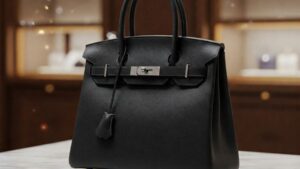No products in the cart.
Return To Shop
0
$0.00
0
No products in the cart.
Return To Shop
Shopping cart (0)
Subtotal: $0.00
Free shipping over 49$
0
$0.00
0
No products in the cart.
Return To Shop
Shopping cart (0)
Subtotal: $0.00
Free shipping over 49$
FREE SHIPPING+30 DAY RETURNS
Order Now - 3 Buyers Get 100% Order Value Back Daily
0
$0.00
0
No products in the cart.
Return To Shop
Shopping cart (0)
Subtotal: $0.00
Free shipping over 49$
Backpacks and rucksacks are often used interchangeably, but do they mean the same thing? For anyone shopping for outdoor gear, student essentials, or travel equipment, the distinction between these two terms can feel like a mystery. Though they share some similarities, backpacks and rucksacks differ in design, features, and specific use cases.
This blog unpacks the confusion by exploring the history, structure, and functionality of both types, helping you decide which is right for your lifestyle or adventure needs. Whether you’re heading out on a hike or looking for a reliable school bag, understanding these differences could make all the difference.
Tracing the History and Evolution of Backpacks and Rucksacks
Backpacks
The modern backpack traces its origins to practical inventions designed to carry heavy loads. One of the first examples of a structured backpack model is the Alpenstock, a 19th-century hiking accessory that inspired many current designs. However, the concept of a bag strapped to one’s back predates modern history, with simple sacks used for carrying goods as far back as ancient times.
It wasn’t until the 20th century that backpacks became mainstream. Designed initially for military purposes and mountaineering, they later diversified for everyday functions, such as carrying books or laptops. Today, backpacks are omnipresent, from playgrounds to boardrooms, thanks to their practicality and versatility.
Rucksacks
The term “rucksack” comes from the German words Rucken (back) and Sack (bag), making its literal meaning a “back bag.” Historically, rucksacks were closely associated with outdoor enthusiasts, particularly hikers, mountaineers, and military personnel. Their origins in Germany reflect an emphasis on ruggedness and utility.
Rucksacks became popular among those who needed durable storage in challenging conditions. Over time, their design evolved to include external straps and loops for attaching gear like sleeping bags or trekking poles.
Design and Structure
When choosing between a backpack and a rucksack, understanding their design can clarify their distinctions.
Backpack Design
A backpack typically features:
- Two Shoulder Straps: Even weight distribution across both shoulders.
- Compartments: One or more zippered compartments for organizing belongings, including padded laptop sleeves in modern versions.
- Internal Support Frame: Found in larger models, offering better weight distribution.
- Simplicity: Many backpacks prioritize accessibility and streamlined design for day-to-day use.
Rucksack Design
Rucksacks, by contrast, often include:
- Flap Closures: Instead of zippers, many rucksacks use flap-and-buckle closures for a more traditional look.
- External Straps: Loops and straps for attaching extra gear like tools or sleeping equipment.
- Drawstring Closure: Found in many styles, offering easy access.
- Rugged Appearance: A design tailored to withstand rough handling and outdoor environments.
Intended Use and Functionality
The primary difference between backpacks and rucksacks lies in their intended use. Certain designs cater more to students, commuters, or day travelers, while others are specialized for outdoor adventures or heavy-duty activities.
Backpacks
- Perfect For: Everyday use, office commutes, student life, travel, and casual outdoor activities like cycling.
- Features: Comfortable straps, multiple compartments, and a lightweight build for carrying books, gadgets, or personal items.
Rucksacks
- Perfect For: Hiking, camping, mountaineering, or military training.
- Features: Durable materials, specialized compartments for outdoor gear, and external loops for added functionality during prolonged adventures.
Materials and Durability
Backpack Materials
Backpacks are typically made from:
- Polyester or Nylon: Lightweight and affordable, ideal for casual or daily use.
- Canvas: Durable and versatile, best for chic yet sturdy designs.
- Ballistic Nylon: Scratch-resistant and ideal for professional or rugged travel bags.
While not always built for harsh outdoor conditions, many backpacks are water-resistant, making them suitable for regular commutes or light rain.
Rucksack Materials
Rucksacks are often used:
- Ripstop Nylon or Cordura: Built for outdoor durability, resistant to tears and abrasions.
- Waxed Canvas: Provides water resistance and a vintage look.
- Leather: Common in stylish rucksack designs.
These materials are usually weatherproof and long-lasting, ensuring the rucksack remains dependable in tough conditions.
Size and Capacity
When it comes to size, both backpacks and rucksacks come in a wide range of capacities:
- Backpacks: Typically range from 10 liters (ideal for a small day pack) to 35-40 liters for larger travel or school needs.
- Rucksacks: Often larger, with capacities ranging from 30 liters for light hiking to 70 liters or more for extended trips or outdoor expeditions.
If you need enough capacity for week-long trekking, a large rucksack is a safer bet. For everyday activities and short trips, backpacks are more practical.
Comfort and Ergonomics
Carrying comfort is crucial for both backpacks and rucksacks, especially during prolonged use.
Backpacks
Backpacks focus on:
- Padded Shoulder Straps: Wide, cushioned straps reduce strain on your shoulders.
- Lightweight Designs: Ideal for casual, low-weight loads.
- Breathable Back Panels: Common in sports backpacks, keeping your back cool during activity.
Rucksacks
Comfort features in rucksacks often cater to heavy loads:
- Thickly Padded Support: Both shoulder straps and hip belts are designed for ergonomic weight distribution.
- Chest Strap: Offers additional load stability.
- Ventilation Channels: Found in premium outdoor rucksacks to prevent overheating.
Key Differences at a Glance
Feature | Backpack | Rucksack |
|---|---|---|
Design | Streamlined, zippered compartments | Flap closures, external straps |
Intended Use | Every day use, commuting, school, and light travel | Hiking, camping, and mountaineering |
Materials | Nylon, polyester, canvas | Ripstop nylon, Cordura, leather |
Capacity | Generally smaller, up to 40 liters | Larger options, often exceeding 70 liters |
Comfort | Basic padding and lightweight designs | Extensive padding and load stabilization |
Which One Is Right for You?
While backpacks and rucksacks share practical similarities, your choice ultimately comes down to your needs. If you’re looking for a daily companion for work, school, or short trips, a backpack’s sleek design and versatility make it a clear winner. On the other hand, if your adventures take you deep into the wilderness, a rucksack’s rugged build and additional carrying options are indispensable.
For those who want the best of both worlds, some manufacturers offer hybrid models that merge casual designs with outdoor functionality.
Still not sure which one suits you best? Leave a comment below with your preferences, and our team will guide you to your perfect match!
Conclusion
Choosing between a backpack and a rucksack ultimately comes down to personal preference and the type of adventure you embark on. Both have unique features and benefits catering to different needs and preferences. Whether you prioritize style, functionality, or a combination of both, there is a perfect bag out there for you. With various options available in the market today, it’s important to consider your budget, preferred activities, and desired features before deciding. And if you need help finding the right one for you, don’t hesitate to seek advice from experts or fellow adventurers who can share their experiences and recommendations. Whatever your choice may be, make sure to choose a durable and comfortable bag that will suit your needs and withstand the demands of your adventures. Happy exploring!
Whether you’re planning for a weekend getaway or a long-term backpacking trip, having the right bag is crucial to ensuring a smooth and enjoyable journey. In this fast-paced world, bags are not just for carrying our belongings but also serve as an extension of our lifestyle. With different styles, designs, materials, and functionalities available in the market today, it can be overwhelming to choose the perfect bag for your needs.
john
I’m John, co-founder of Levant Leather and a passionate expert in premium leather. With nearly a decade in the luxury leather industry, I’ve gained deep experience as both a designer and manufacturer through my work at Levant Leather
Author Posts 
